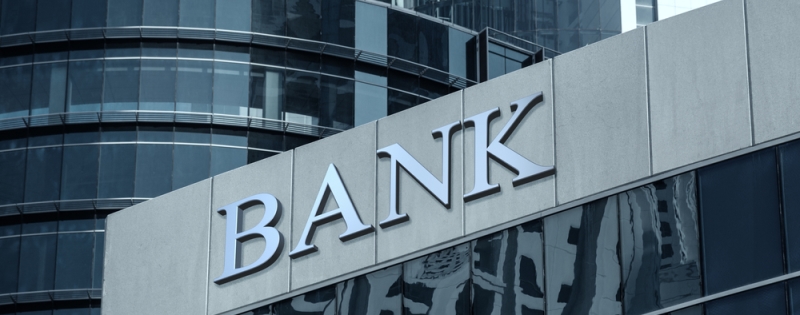A recent report from S&P Global Market Intelligence noted that large banks had more exposure to CRE loan risk than had been publicly perceived.
This has been a recognition building over time. In November 2023, it looked as though small banks were increasing their number of CRE loans while large banks turned more cautious. And all the statistics and monitoring metrics seemed to show that the biggest concentration of CRE loans was among small and regional banks.
But by mid-May this year, clearly something wasn’t adding up. Distress levels jumped while the extend-and-pretend practice of lenders continued. That certainly included large ones when the distress rate increase “was significantly affected by one large loan which impacted the segment distress rate in a fairly dramatic fashion,” according to CRED iQ. That magnitude of transaction is not one within the capacity of a small bank.
May also brought realization that banks have additional invisible exposure to CRE debt. A paper from researchers at the NYU Stern School of Business; Georgia Institute of Technology – Scheller College of Business; and Frankfurt School of Finance, CEPR argued that extensions of credit lines to nonbank financial intermediaries (NBFIs), with REITs being a prime example, provided the potential for extensive backchannel exposure. Additionally, they said this less obvious relationship means larger banks face more risk from CRE than is generally assumed.
In June, the Federal Reserve announced that its annual stress tests showed the largest US banks to have sufficient capital to withstand severe economic and market turmoil. That supposedly included any potential shock that a significant drop in commercial real estate values could deliver.
But in a highly unusual move, JPMorgan Chase released a commentary on the Fed’s review and, specifically, the central bank’s projections for Other Comprehensive Income, or OCI. The CFA Institute explains that a bank’s OCI statement is “where valuation changes of interest rate risk-sensitive debt instruments are reported.” Many investors don’t regularly monitor such information. More generally in accounting, OCI includes unrealized gains and losses.
As JPMorgan wrote, “Based on the Firm’s own assessment, the benefit in OCI appears to be too large. Should the Firm’s analysis be correct, the resulting stress losses would be modestly higher than those disclosed by the Federal Reserve. “
In June, the question arose of whether bond credit ratings were as trustworthy as investors had thought. The history of the Global Financial Crisis should remind of how questionable ratings can lead to financial disaster.
Recently, plummeting property values in transactions raised questions of whether borrowers illegally manipulated financials and property valuations to gain loans. Details from the S&P Global report pointed to the weakest point for large banks: loans on nonowner-occupied properties.
Delinquencies and net charge-offs used to be higher on owner-occupied CRE properties, but that switched in recent years. Nonowner-occupied property loan performance worsened in 2023. Large banks — those with $100 billion or more in assets — saw nonowner-occupied loans hit a delinquency rate of 4.41% by March 31, 2024. The rate for owner-occupied properties was 0.98%. The net charge-off rate was 1.13%.
S&P Global put together a collection of the top 25 banks by highest concentrations of loans on nonowner-occupied CRE properties. The median metrics were 23.6% of total loans and leases were CRE. That ranged from 2.9% (Goldman Sachs) to 52.1% (Provident Financial Services).
Nonowner-occupied percentages of the CRE loans were 76.4%. That ran from 69.1% (JPMorgan Chase) to 97.9% (Morgan Stanley). And the median delinquency percentage and net-charge off percentage were respectively 0.97% and 0.07%. The former ranged from 0.06% (Ameris Bancorp) to 8.55% (Goldman Sachs). The latter, from -0.01% (Valley National Bancorp and United Bankshares) to 7.88% (CIBC Bancorp).
Source: GlobeSt.


